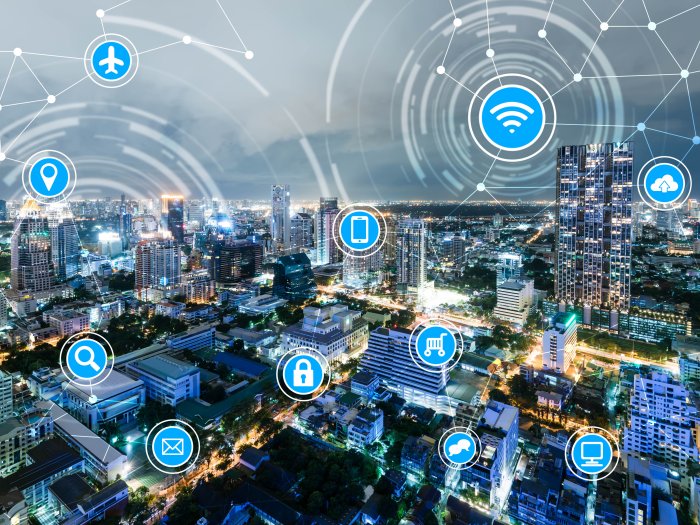NEWS
We live in the world of technology. Our pockets, our briefcases, our cars, our homes and our workplaces are full of computers with different capabilities. Just look around and you’ll be amazed at how many smart devices we are using in our everyday lives. Most of these devices are connected to the Internet somehow, so it’d be reasonable to expect that they can all speak to each other. But that’s not the reality. Different manufacturers and diverse applications ensure that system integration in the world of Internet of Things (IoT) is not a simple task.
Let’s imagine there’s a language in the world that can be used to communicate with anyone. Let there be a communication channel for this through which anyone can be reached in this world, both in our immediate and in our wider vicinity. Let’s put a bulletin board next to it where everyone can write what he or she can help with to others. Anyone who has a problem can find help there for himself. But it’s also possible that really big problems could also be solved with such a worldwide collaboration. Although it may not be this easy to make people collaborate this way, maybe we can do this for the smart devices in our environment. That’s the goal of the “Arrowhead” project (http://www.arrowhead.eu) – to become a de facto standard for future collaborative automation systems to solve big problems in our world like the production and use of energy, the construction of intelligent manufacturing systems, the development of smart buildings and cities, or the coordination of electric mobility systems.
What does “collaborative automation system” mean? In professional circles the logic of hierarchical automation systems – known as the ISA-95 or IEC 62264 model – is easily understood and followed. Programs of custom computers control field devices, at the next level the operating staff gets a picture of the state of the process from a computer display of a data collecting system, and they can also intervene if needed. What’s noteworthy is that today even field devices have more powerful microprocessors in them than the computers that came with higher level display systems when the hierarchical model was first applied. It would be worth exploring the possibility of a different organizational method that is based on more equal partners.
Looking at the world of IT systems we can see that Service Oriented Architecture (SOA) can make software services collaborate in a much more loosely connected system. “Arrowhead” takes that practice to the world of automation systems. The device offering a service registers its capabilities (“puts a note on the bulletin board”) and whoever seeks that service can find it there. Of course, there’s also a need to check the privileges, to coordinate various subsystems like a conductor, but the basis of the operating model is based on the interconnection of the offered and sought-after services. In order to maintain real-time capability, smaller automation clouds are created for each task, but those can also work together, thus creating a system of systems.
We can highlight some interesting possibilities that can be achieved with this model through the example of electric mobility. It’s obvious that the operators of charging stations and the electric provider’s systems must work together, because charging stations can participate in maintaining the balance of production and consumption in the power grid. But some new service providers appear, too, who can give directions to the driver of the electric vehicle in such a way that they take into account the range of his vehicle, the charge time at charging stations along the road, they can provide information about vehicle and battery usage to their manufacturers who can send back updated charging or vehicle dynamics profiles for a more optimal usage. It will also be necessary to create and bill “energy roaming”. These are all services that would be much more difficult to implement and operate in the long run in the traditional hierarchical, separated model.
But the great opportunity here is exactly that with this more open architecture it will be much easier to create new, innovative services and business models. Information “creators” can connect to the functions of such previously closed markets as manufacturing or energy production. Our environment (our buildings and cities) will become really smart only if we have the toolkit in our hands to solve our problems. Because in reality it’s not our tools that are smart, but the people who use them. Let’s move in the direction to which the imaginary arrow of the “Arrowhead” project points!
Balázs Bodnár, Managing Director of evopro systems engineering Ltd.

